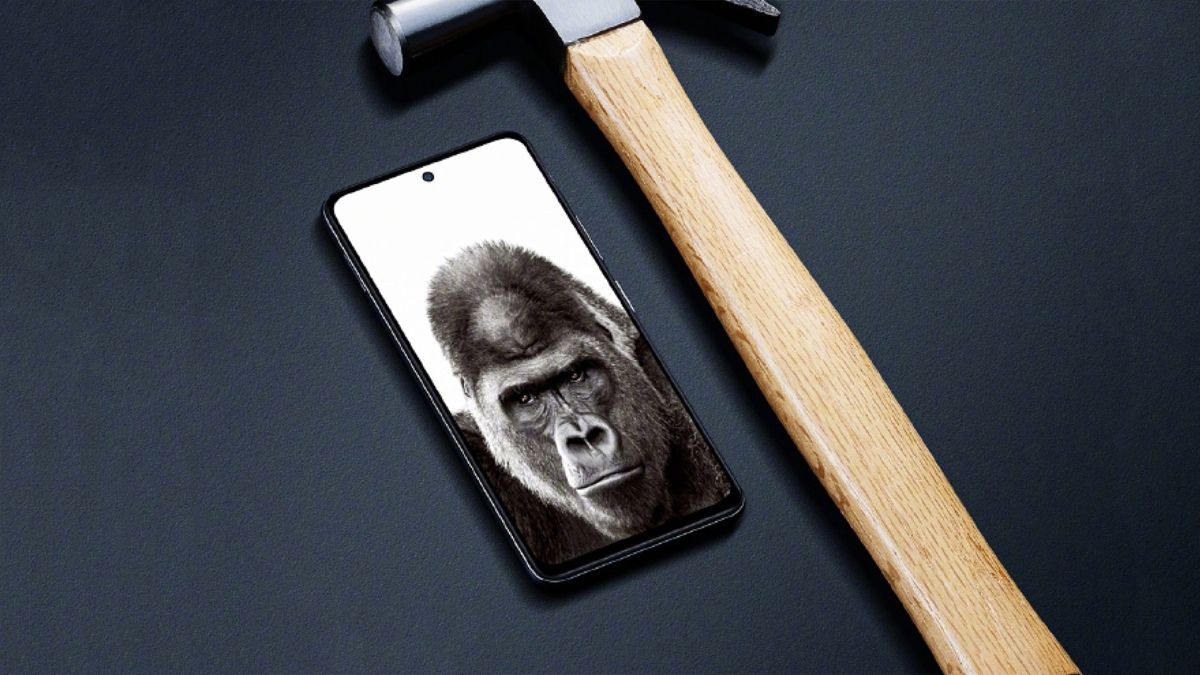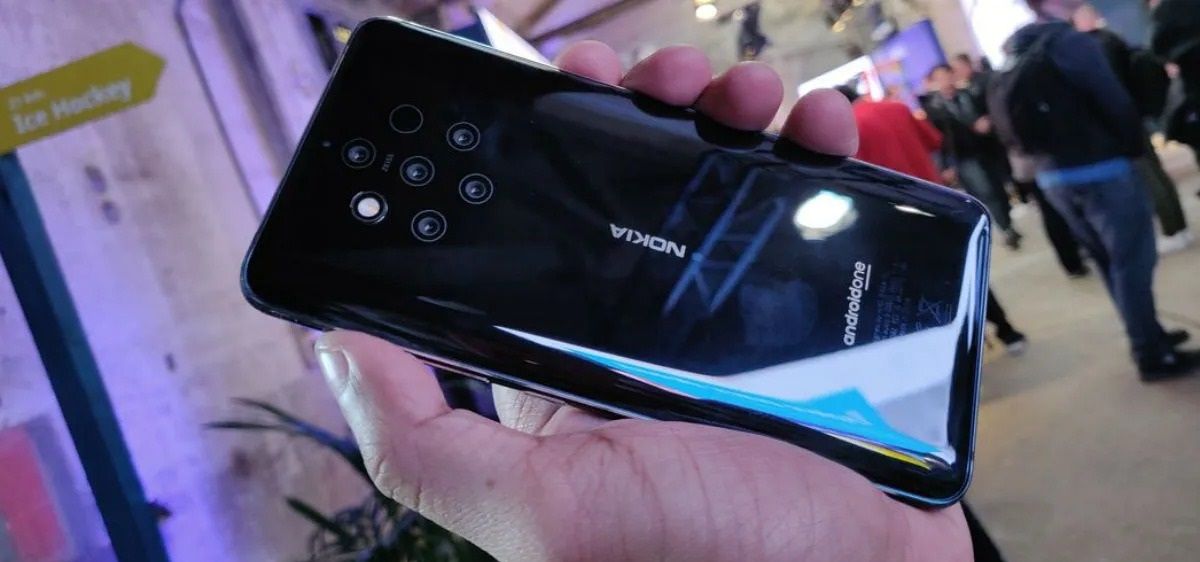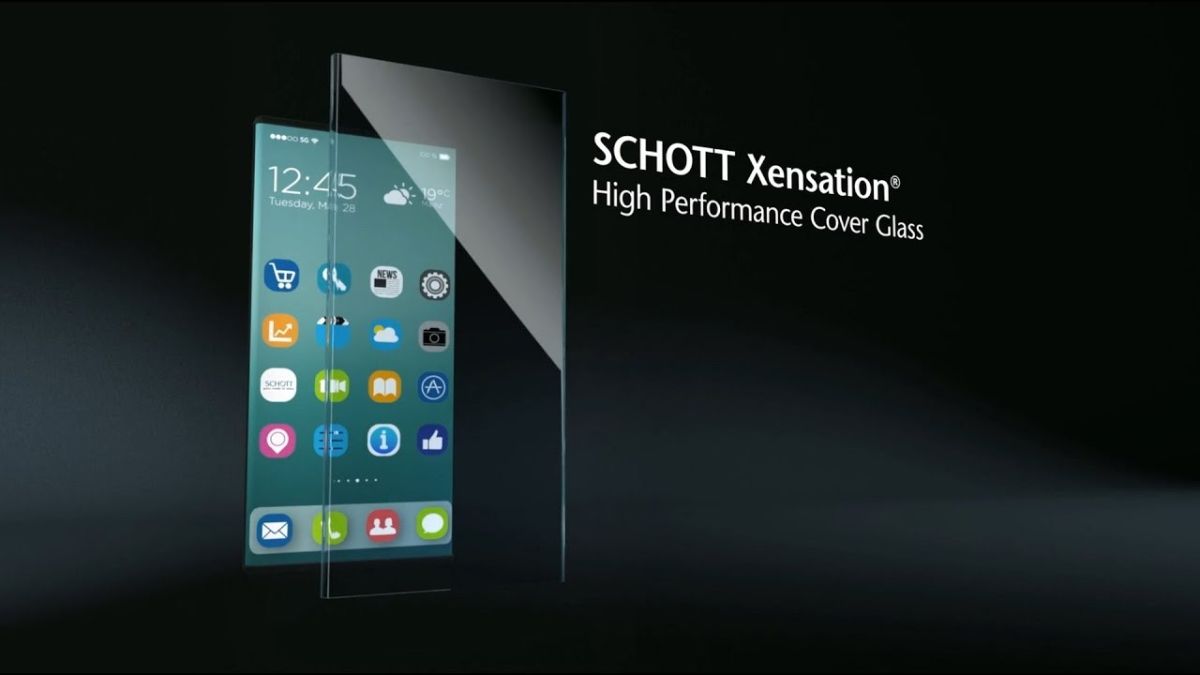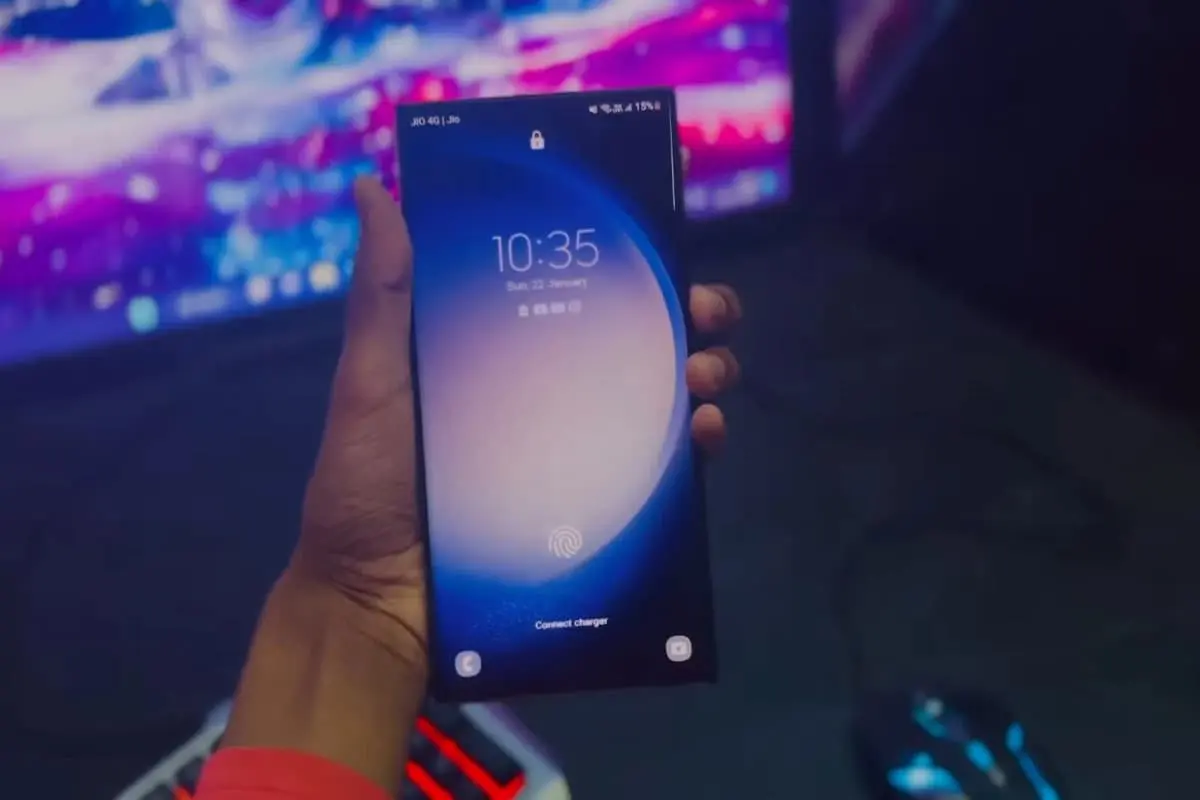Types Of Screen Protector Technology
If You’d Like To Learn More About Screen Protectors, We’ve Reviewed The Toughest Glass Available For Different Screens In This Article.
One of the most impossible things about electronic devices, especially mobile phones, is not to fall or get hit. Therefore, you must have enough information about the screen protector when buying a phone; that’s why in this article, we have introduced and reviewed the best phone protectors used in most of the phones in the market.
Screen protectors are used in 2 ways in the structure of phones to protect them from impact and scratches. The first method is to use a protective coating on the main glass of the device, and the second method is to use chemical compounds and make resistant glass for phones. Various companies are active in manufacturing and developing these technologies, and we will know the most famous ones below.
What is Gorilla Glass?

Gorilla Glass is a brand of chemically strengthened glass developed by Corning, a company specializing in glass and ceramic products. Gorilla Glass is designed to be thin, light, and resistant to various damages and is an ideal choice for use in electronic devices such as smartphones, tablets, and TV screens.
Contrary to popular belief, Gorilla Glass is not a type of glass but a family of products with different properties and uses. The latest generation of this family is Gorilla Glass Victus 2, introduced in 2021 and offered better performance against rough and hard surfaces like concrete.
How does Gorilla Glass work?
Gorilla Glass gets its strength and durability from an ion exchange process. The process involves immersing the glass in a warm bath of potassium salt, which replaces the smaller sodium ions in the mirror with larger potassium ions. This creates a high-pressure layer on the glass’s surface, making it harder to crack or scratch.
The ion exchange process also allows the glass to retain its strength and performance even if damaged, such as cracking or minor fractures.
Advantages of using Gorilla Glass technology
- Thinness: Gorilla Glass can be thinned to 0.4 mm, reducing the device’s weight and thickness.
- Clarity: Gorilla Glass has a high optical clarity enables a clear and accurate display of colors and images.
- Touch sensitivity: Gorilla Glass has a smooth, responsive surface that enables precise, lag-free touch input.
- Scratch and scratch resistance: Gorilla Glass has a high scratch and scratch resistance that protects the device from daily wear and tear.
- Drop resistance: Gorilla Glass can withstand drops from a height of 2 meters onto hard surfaces, reducing the risk of the device breaking or cracking.
Gorilla Glass is a remarkable innovation that has revolutionized the design and performance of electronic devices. Combining thinness, transparency, touch sensitivity, scratch resistance, and drop opposition, Gorilla Glass provides an excellent user experience and protection for various devices, including phones and tablets. With continuous improvement and development, Gorilla Glass is likely to be the main choice for companies to protect their devices’ front or back panels in the coming years.
2. Sapphire

Sapphire is a transparent material made of aluminum oxide, which has high hardness and resistance to scratches and impacts. This material is used in some luxury smartwatches and smartphone camera lenses. However, Sapphire is not widely used for smartphone screens due to its high cost, low scalability, and poor light transmission compared to glass. However, some companies like HTC and Nokia still use this material to protect their devices. They take.
Benefits of using Sapphire
- Sapphire is the second hardest material after diamond, which makes it much more resistant to scratches and cracks than other glasses.
- Sapphire is an ideal choice for devices subject to high wear and tear, such as smartwatches and fitness trackers. It can also protect camera lenses from being damaged and affecting photo quality.
- Sapphire has a melting point above 2200 degrees Celsius, which makes it more durable than glass at high temperatures.
Disadvantages of Sapphire
- Sapphire is more expensive to produce than glass. Sapphires cost several dollars per square inch, while glass costs only a nickel. This is why Sapphire is rarely used for larger devices like smartphones or tablets.
- It is not easy to produce sapphires in large quantities. A 2,000-degree furnace is required to melt aluminum oxide and a sapphire grain, and then it takes about two weeks to cool and cut into thin slices. On the other hand, glass can be produced continuously with less energy consumption.
- Sapphire has less light transmission than glass. It has a high refractive index that causes more reflection and shines on the screen, but on the other hand, glass can be coated with anti-reflective layers to improve its optical performance.
3. Dragontrail glass: an effective and scratch-resistant solution

Dragontrail glass protects electronic devices such as smartphones, tablets, laptops, and televisions. AGC (Asahi Glass Manufacturing Company) has produced this glass, operating in this field since 1907.
Dragontrail glass is made of an alkaline-aluminosilicate glass sheet, subjected to chemical processes to increase its strength and scratch resistance. These processes include immersing the glass in a bath of molten potassium nitrate at a temperature of 400 degrees Celsius, which creates a high-pressure layer on the glass. This process makes Dragontrail glass up to six times stronger than ordinary limestone glass.
Dragontrail glass uses almost the same manufacturing method as Gorilla Glass protectors. According to AGC, Dragontrail glass has higher clarity, less reflection, and better tactile sensitivity than Gorilla Glass. This glass is also thinner and lighter than Gorilla Glass, which makes it suitable for slim and sleek devices.
Another advantage of Dragontrail glass is that it does not use environmentally harmful substances such as lead, arsenic, or antimony. This work aligns with AGC’s commitment to produce and supply environmentally friendly products throughout its life cycle.
4. Xensation glass

Xensation glass is a high-performance coating developed by SCHOTT, a German glass specialist and manufacturer. Xensation Glass is made from a unique glass compound that offers maximum protection for mobile devices.
Xensation glass is a lithium aluminosilicate (LAS) glass that an ion exchange process has chemically strengthened. This process replaces the smaller ions on the surface of the glass with larger ones, creating a stronger and more flexible structure. Xensation glass has outstanding physical and chemical properties that provide exceptionally high stability for mobile phones.
Xensation glass is designed to outperform other glass coatings in terms of shatter resistance and durability. In drop tests from a height, Xensation glass can withstand up to twice the size, better than conventional aluminosilicate glass. SCHOTT claims that a smartphone with Xensation glass is ten times more likely to survive a drop from a peak than a traditional aluminosilicate glass.
Xensation glass also has good processing properties that enable flexible and creative design for smartphone screens. For example, Xensation glass can be used for front or back panels, camera or clock bezels, or even curved displays like the “waterfall display” of Vivo’s flagship phones.
As mentioned, this glass cover has found its way into Chinese flagship phones, so big Chinese phone companies such as Oppo, Vivo, and Huawei have used this wonderful cover in their flagship and high-end phones.
Now that you are familiar with the history and how the glass covers used in the panels work, do you think there will be a day when we don’t fear dropping our phone, and these covers will be strong enough not to be damaged so easily?











